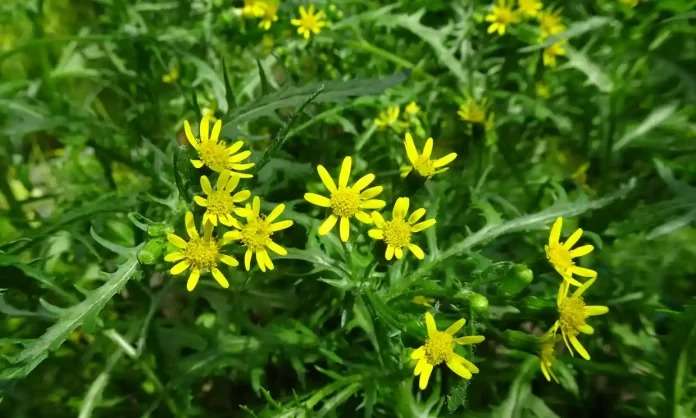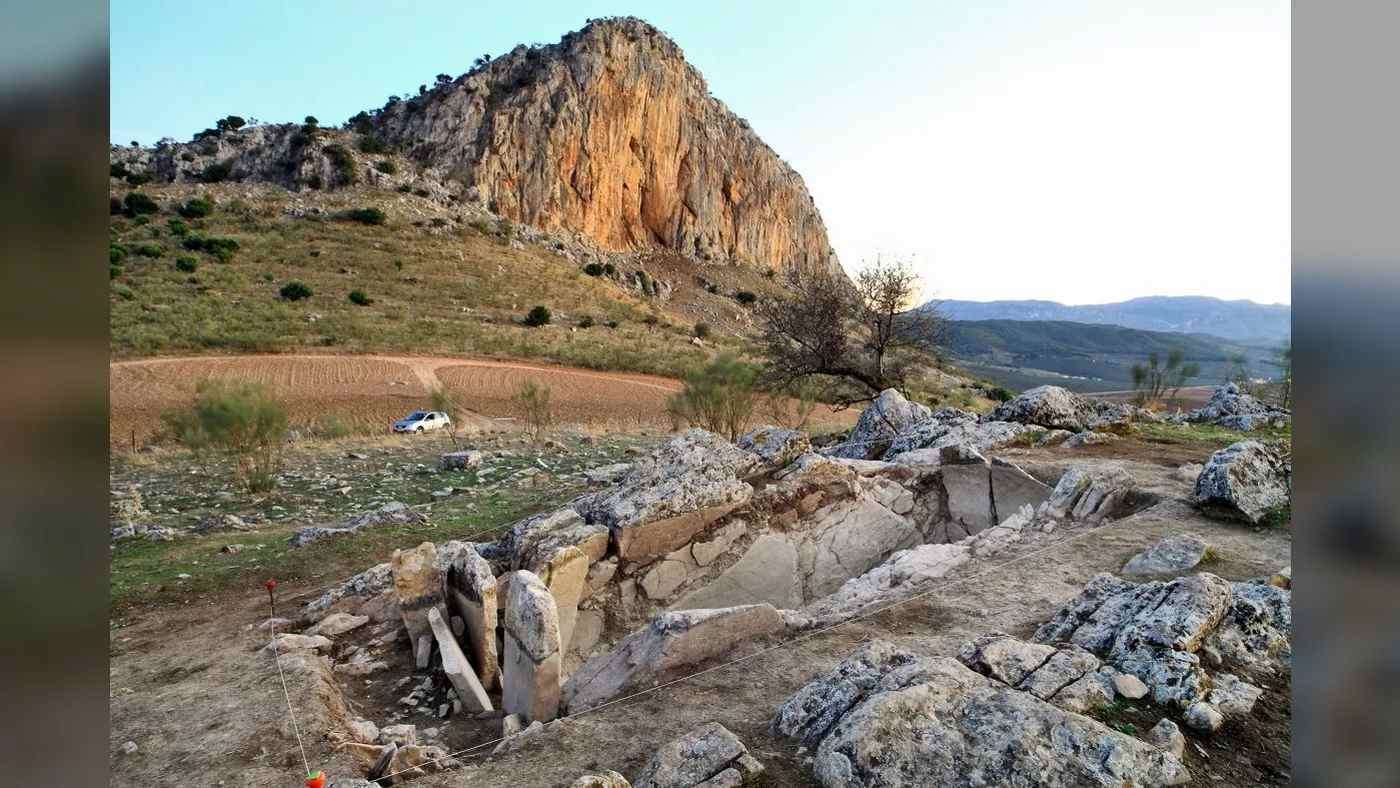English media is gushing over the news of the first "de-extinction event" that saw a yellow wildflower unique to northeast England brought back to life.
Extinct since 1991, the York groundsel managed to carry on thanks to a handful of seed that was shed from three potted specimens on a windowsill at the University of York.
Stored at the Millennium Seed Bank in the Kew Gardens, botanists at Natural England organized a resurrection for the York groundsel after they received word the seeds were reaching the end of their lifespan.
A plastic greenhouse was constructed for the experiment at the Rare British Plants Nursery in Wales, and thanks in no small part to its excellent fecundity, 98 of the 100 seeds germinated, and soon, those three survivors on a windowsill had passed their genes on to literally thousands of offspring, three whole decades after they died.
"It's a smiley, happy-looking yellow daisy and it's a species that we've got international responsibility for," said Alex Prendergast, a vascular plant senior specialist for Natural England. "It's also got an important value as a pollinator and nectar plant in the area because it flowers almost every month of the year."
"It only lives in York, and it only ever lived in York. It's a good tool to talk to people about the importance of urban biodiversity and I hope it will capture people's imagination," he told the Guardian.
This groundsel is the only known species to have evolved in England within the last 50 years as it dumped all its evolutionary vigor into figuring out how to live successfully in urban environments.
It grew out of every crack in the pavement during the stagflationary recession of the 1970s, but soon fell prey to widespread weedkiller application.
Prendergast said that this de-extinction event is likely to be a one-off because of the unique nature of the York groundsel, but added that it nevertheless demonstrated the immense importance of the Millennium Seed Bank.
SHARE This Hopeful Inspiring Story With Your Friends…










Be the first to comment